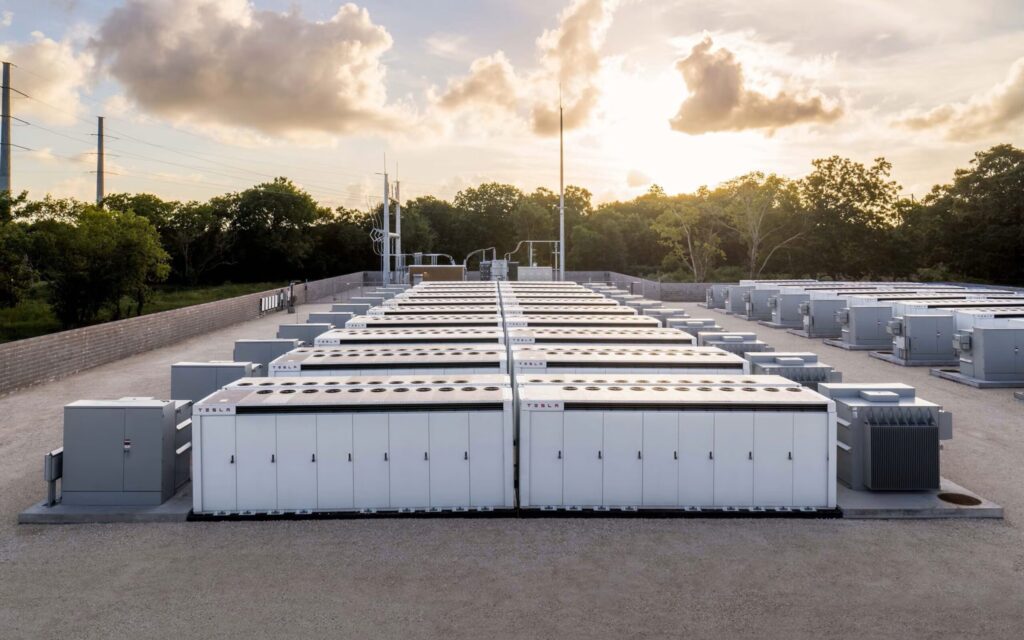The Canadian oil sands sector is poised for significant developments in 2025, with major players like Imperial Oil, Suncor Energy, and Cenovus Energy projecting increased production levels. These forecasts align with the enhanced export capabilities provided by the Trans Mountain Pipeline Expansion (TMX), which commenced operations earlier this year.
Imperial Oil Ltd.
- Production Forecast: Imperial Oil anticipates producing between 433,000 and 456,000 barrels of oil equivalent per day (boepd) in 2025, up from the 2024 estimate of 420,000 to 442,000 boepd. This increase is attributed to ramped-up output from its Kearl and Cold Lake oil sands assets in Alberta.
- Capital Expenditure: The company plans to invest between CAD 1.9 billion and CAD 2.1 billion in 2025, focusing on bitumen recovery enhancements, mine progression at Kearl, completion of the Leming redevelopment project, and drilling opportunities at Cold Lake. Additionally, the Strathcona renewable diesel facility near Edmonton is slated to commence operations next year.
Suncor Energy Inc.
- Production Forecast: Suncor projects its 2025 production to range between 810,000 and 840,000 barrels per day (bpd), an increase from the 2024 estimate of 770,000 to 810,000 bpd. This growth is supported by the additional export capacity from the TMX.
- Capital Expenditure: The company expects to reduce its capital spending to between CAD 6.1 billion and CAD 6.3 billion in 2025, down from CAD 6.5 billion in 2024. Investments will focus on key projects like the Mildred Lake West Mine Extension and the offshore West White Rose project.
Cenovus Energy Inc.
- Production Forecast: Cenovus forecasts its 2025 upstream production to be between 805,000 and 845,000 boepd, up from the 2024 range of 770,000 to 810,000 boepd. The increase is expected from new projects coming online.
- Capital Expenditure: The company plans to allocate between CAD 4.5 billion and CAD 5.0 billion in 2025, focusing on sustaining capital and optimization projects to support production growth.
Trans Mountain Pipeline Expansion (TMX)
- Operational Impact: The TMX, which began operations on May 1, 2024, has nearly tripled its capacity from 300,000 bpd to 890,000 bpd, providing Canadian oil producers with increased access to global markets, particularly in Asia.
- Market Implications: The expansion is expected to boost Canadian oil prices by reducing the historical price gap between Western Canadian Select and West Texas Intermediate. This development benefits several Canadian energy companies, including MEG Energy, Canadian Natural Resources, Strathcona Resources, and Cenovus Energy.
Investor Reactions
Despite these positive forecasts, investor responses have been cautious. For instance, Imperial Oil’s stock declined by CAD 6.99, closing at CAD 97.03, following the announcement of its 2025 guidance. This suggests that while production increases are anticipated, market participants may have concerns about broader economic factors or commodity price volatility.
In summary, the Canadian oil sands industry is gearing up for increased production in 2025, leveraging new infrastructure like the TMX to access broader markets. However, investor sentiment remains measured, indicating a need for ongoing assessment of market dynamics and economic conditions.





